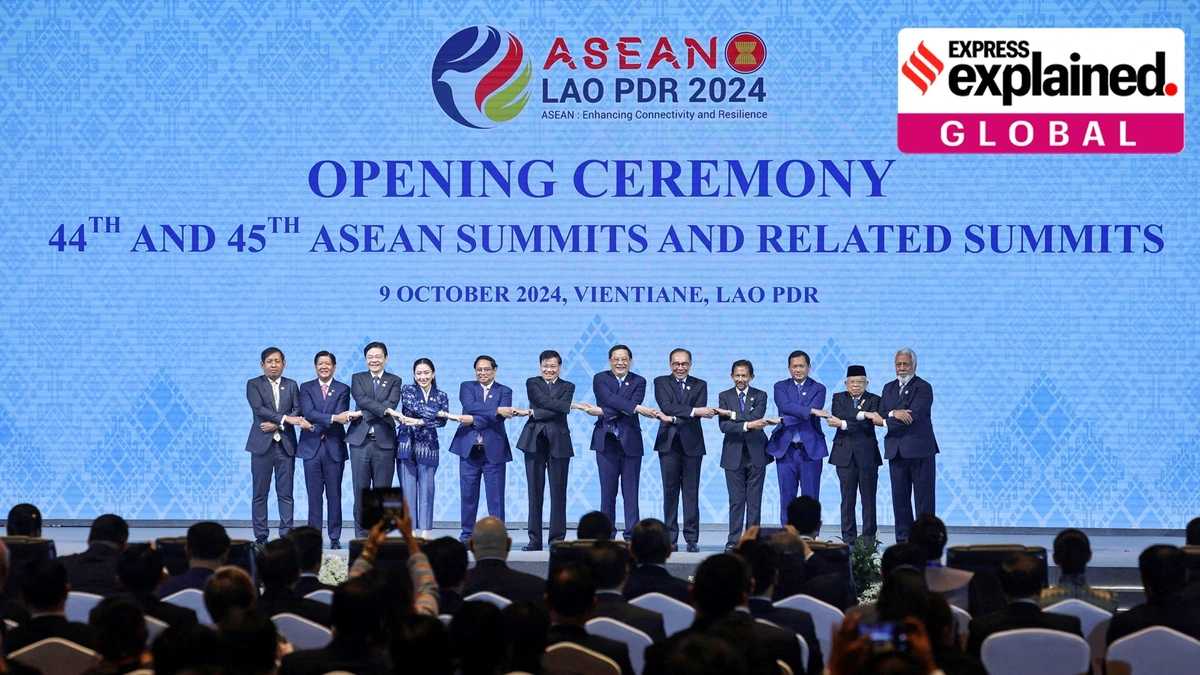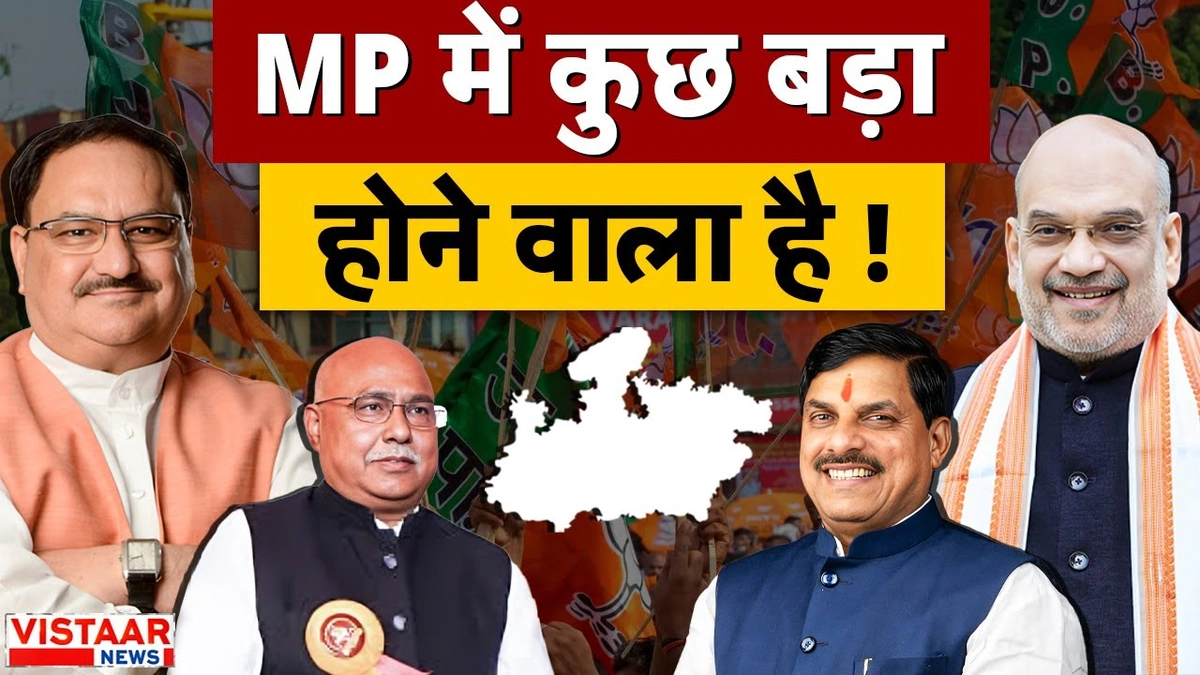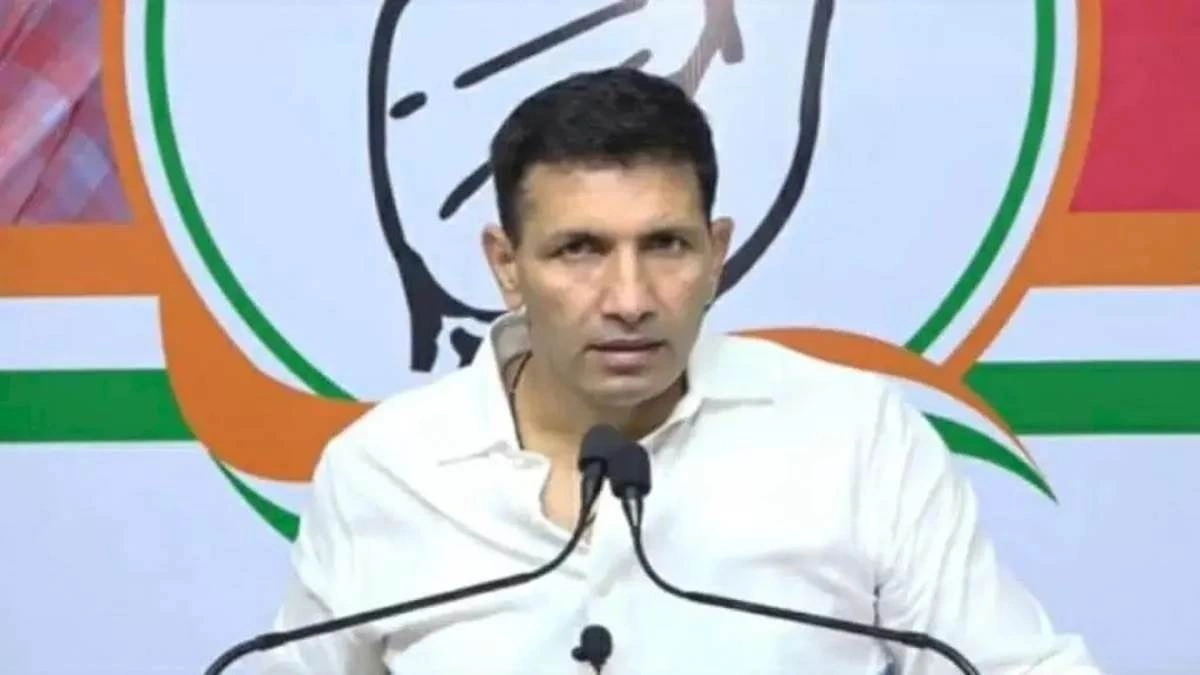Decoding ASEAN | Why This Matters to India More Than You Think
ASEAN. You’ve probably heard the name floating around in news reports about international relations and economic partnerships. But let’s be honest – does it really grab your attention? Probably not. And that’s a problem, especially if you’re in India. Here’s the thing: ASEAN isn’t just some distant acronym. It’s a powerful, dynamic force that’s shaping India’s future in ways you might not even realize. But why should you care, sitting there with your chai and newspaper?
Well, that’s exactly what we’re diving into. I initially thought this was going to be a straightforward explanation of trade agreements. But then I realized it’s much bigger than that. It’s about India’s strategic position, its economic growth, and its role on the global stage.
The ASEAN Advantage | More Than Just Trade

So, what exactly is ASEAN? Formed in 1967, the Association of Southeast Asian Nations is a political and economic union of 10 member states in Southeast Asia. Think of it as a mini-EU, but with its own unique flavor. The original aim was to promote regional stability and economic growth but let’s be frank, the relevance for India-ASEAN relations has only increased with the rise of China.
A common mistake I see people make is thinking about ASEAN solely in terms of trade. And while trade is undoubtedly important – India and ASEAN have a free trade agreement, leading to billions of dollars in commerce annually – it’s only part of the story. The true advantage lies in its strategic location and influence.
India’s “Act East” Policy | ASEAN as a Stepping Stone
India’s “Act East” policy, initiated in the early 1990s, is all about strengthening ties with Southeast Asia. And ASEAN is at the heart of this strategy.Think of ASEAN as India’s gatewayto the wider Asia-Pacific region, a bridge connecting India to new markets, new opportunities, and new allies. The policy isn’t just about economics; it’s about security, diplomacy, and cultural exchange. According to the Ministry of External Affairs, India, strengthening ties with ASEAN remains a key pillar of India’s foreign policy.
Here’s why this matters to you: A stronger “Act East” policy means more jobs, more investment, and more opportunities for Indian businesses and individuals. It means a more secure and prosperous future for India. But there’s more than meets the eye.
Geopolitical Chessboard | ASEAN’s Role in Balancing Power
Let’s be real: the elephant in the room is China. China’s growing influence in the region is a major concern for many countries, including India. ASEAN provides a platform for India to engage with Southeast Asian nations and counterbalance China’s power. Through platforms like the East Asia Summit and the ASEAN Regional Forum, India can work with ASEAN members to promote a rules-based order and ensure freedom of navigation in the South China Sea – a critical issue for regional security. This is what fascinates me. It’s not just about economics; it’s about playing a complex geopolitical game where ASEAN is a crucial piece of the puzzle.
Consider the South China Sea dispute for instance. Several ASEAN members have overlapping territorial claims with China in the South China Sea. India has consistently supported freedom of navigation and peaceful resolution of disputes in accordance with international law. This stance aligns with the interests of many ASEAN members and strengthens India’s position as a reliable partner.
Economic Integration | The RCEP Factor & India’s Strategy
Now, let’s talk about the Regional Comprehensive Economic Partnership (RCEP). RCEP is a free trade agreement between 15 Asia-Pacific countries, including all 10 ASEAN members, but notably excluding India. India withdrew from RCEP negotiations in 2019, citing concerns about its potential impact on domestic industries. But here’s where it gets interesting: India’s decision to stay out of RCEP doesn’t mean it’s turning its back on the region. On the contrary, it’s doubling down on its bilateral relationships with individual ASEAN member states and exploring alternative pathways for economic integration. India’s strategic economic partnerships and bilateral trade agreements with Singapore, Vietnam, and Indonesia demonstrate the commitment to deepening economic ties with ASEAN despite not joining RCEP.
But, and this is important, let’s acknowledge the downsides too. Some argue that India’s exclusion from RCEP could put Indian businesses at a disadvantage compared to their counterparts in RCEP member countries. The counter-argument, however, is that India is prioritizing its long-term economic interests and focusing on building a more resilient and diversified economy.
The Future of India-ASEAN Relations | Opportunities and Challenges
What does the future hold for India-ASEAN relations? I initially thought this was straightforward, but after my research, I realized it’s a complex interplay of economic, political, and strategic factors. The opportunities are immense – increased trade and investment, greater security cooperation, and a stronger voice on the global stage. According to a report by the Confederation of Indian Industry (CII), bilateral trade between India and ASEAN is projected to reach $300 billion by 2025.Butthere are challenges too. Navigating the complexities of regional politics, managing competing interests, and addressing domestic concerns will require careful diplomacy and strategic thinking.
The digital economy offers immense potential for ASEAN economic integration . Initiatives such as the ASEAN Single Window and the ASEAN e-Commerce Agreement aim to facilitate cross-border trade and promote digital connectivity. India has been actively involved in supporting these initiatives through capacity building and technical assistance.
What fascinates me is the potential for India and ASEAN to jointly address global challenges such as climate change and pandemics. As developing countries with similar developmental priorities, India and ASEAN can collaborate on sustainable development initiatives and promote a more equitable and sustainable future.
FAQ About ASEAN and India
What exactly does ASEAN do?
ASEAN promotes economic, political, and security cooperation among its 10 member states in Southeast Asia.
Why is ASEAN important to India?
India sees ASEAN as central to its “Act East” policy, using the group as a gateway to wider Asia-Pacific engagement.
Is India a member of ASEAN?
No, India is not a member of ASEAN, but it’s a close strategic partner and engages in numerous dialogues and cooperation initiatives.
What’s the South China Sea issue?
It’s a territorial dispute where several ASEAN nations and China have overlapping claims. India advocates for peaceful resolution and freedom of navigation.
How does RCEP affect India and ASEAN?
India chose not to join RCEP, but continues to pursue bilateral trade deals with individual ASEAN countries.
What are some challenges in India-ASEAN relations?
Navigating regional politics, managing competing interests, and addressing domestic concerns are the biggest challenges.
So, the next time you hear about ASEAN, don’t just glaze over. Remember that it’s a key piece of India’s strategic puzzle, one that will shape its future in profound ways. It’s not just about trade agreements and international relations; it’s about your future, your opportunities, and India’s place in the world.













